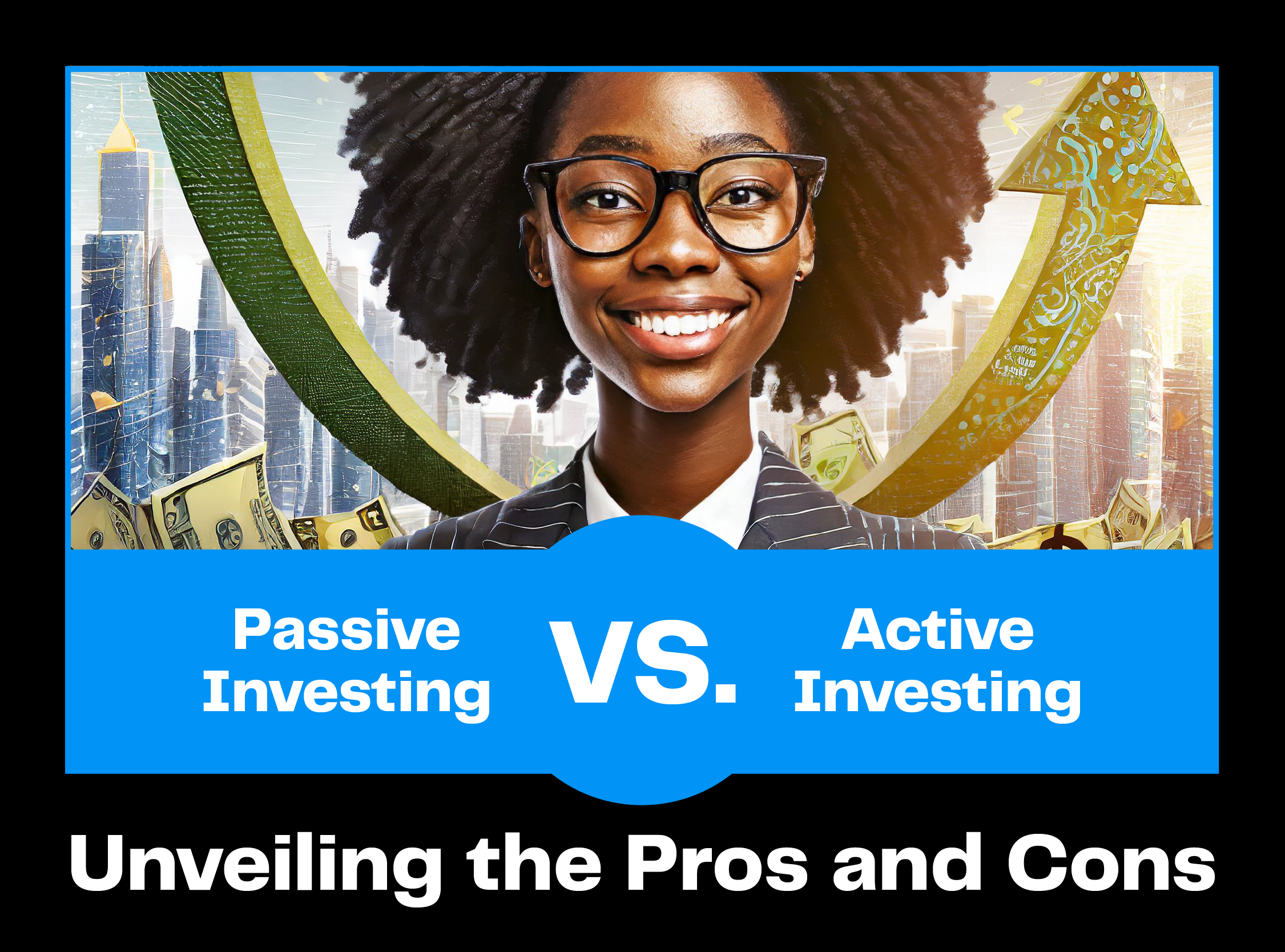Investing has long been a pursuit that demands careful consideration and strategic decision-making. Two prominent approaches that investors often weigh against each other are passive investing and active investing. Each method comes with its own set of advantages and drawbacks, and choosing the right one requires a thorough understanding of the investor’s goals, risk tolerance, and time commitment.
Passive Investing:
Passive investing, often associated with index funds and exchange-traded funds (ETFs), involves a hands-off approach to portfolio management. Investors allocate their funds to a diversified basket of assets, mirroring a specific market index. This strategy is lauded for its simplicity and cost-effectiveness.
Pros of Passive Investing:
- Low Costs: Passive investing typically incurs lower fees compared to actively managed funds, allowing investors to keep more of their returns.
- Diversification: Investing in index funds provides instant diversification across various sectors and industries, reducing the impact of poor-performing individual stocks on the overall portfolio.
- Lower Time Commitment: Passive investing requires less time and effort as investors don’t need to constantly monitor and make decisions about individual assets.
Cons of Passive Investing:
- Limited Potential for Outperformance: Passive investors are tied to the performance of the underlying index, limiting the potential for outperformance compared to actively managed strategies.
- No Risk Mitigation: During market downturns, passive investors may experience significant losses as they are fully exposed to the market’s movements.
Active Investing:
Active investing involves a hands-on approach, where investors make strategic decisions based on market analysis and research to outperform the broader market. This strategy often involves higher fees and requires a more significant time commitment.
Pros of Active Investing:
- Potential for Outperformance: Skilled active managers have the potential to outperform the market, identifying opportunities and avoiding underperforming assets.
- Adaptability: Active investors can quickly adjust their portfolios in response to market trends, potentially minimizing losses during turbulent times.
Cons of Active Investing:
- Higher Costs: Actively managed funds usually come with higher fees, which can erode returns over time.
- Time and Effort: Active investing demands a considerable time commitment for research, analysis, and decision-making, which may not be suitable for all investors.
In conclusion, the choice between passive and active investing ultimately depends on individual preferences, risk tolerance, and financial goals. Alpha funding provides a modern solution, combining the best of both worlds and offering investors an opportunity to optimize their portfolios with the help of advanced technologies. As the investment landscape evolves, alpha funding emerges as a compelling option for those seeking a balanced and efficient approach to wealth accumulation.



